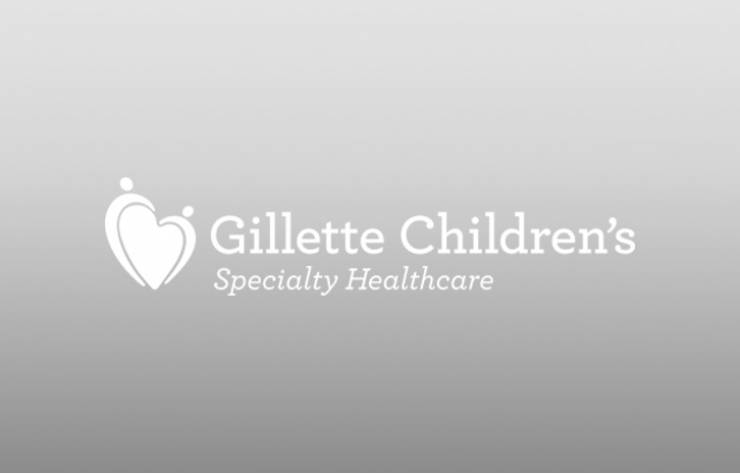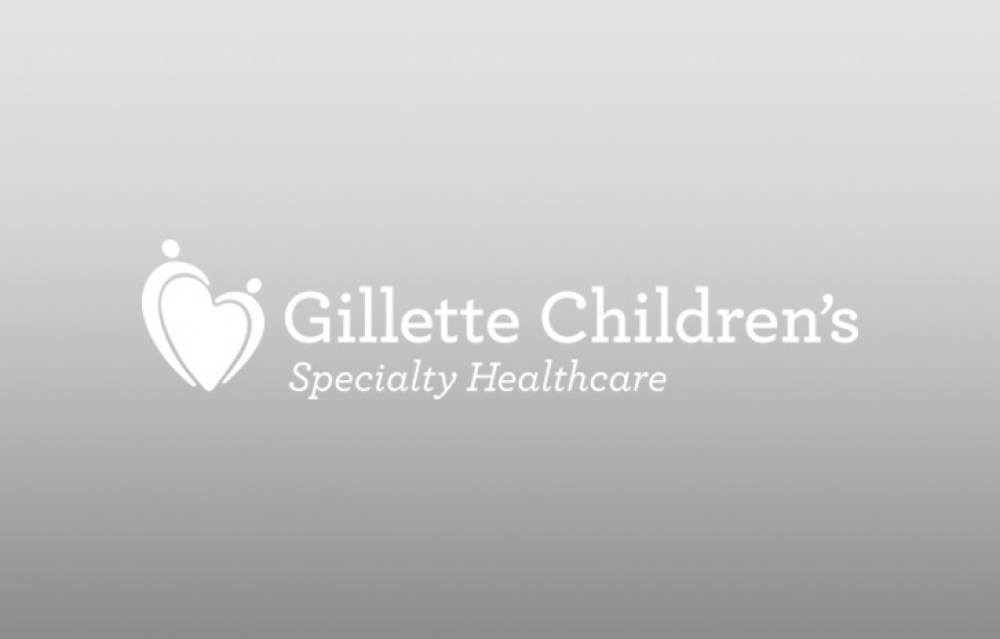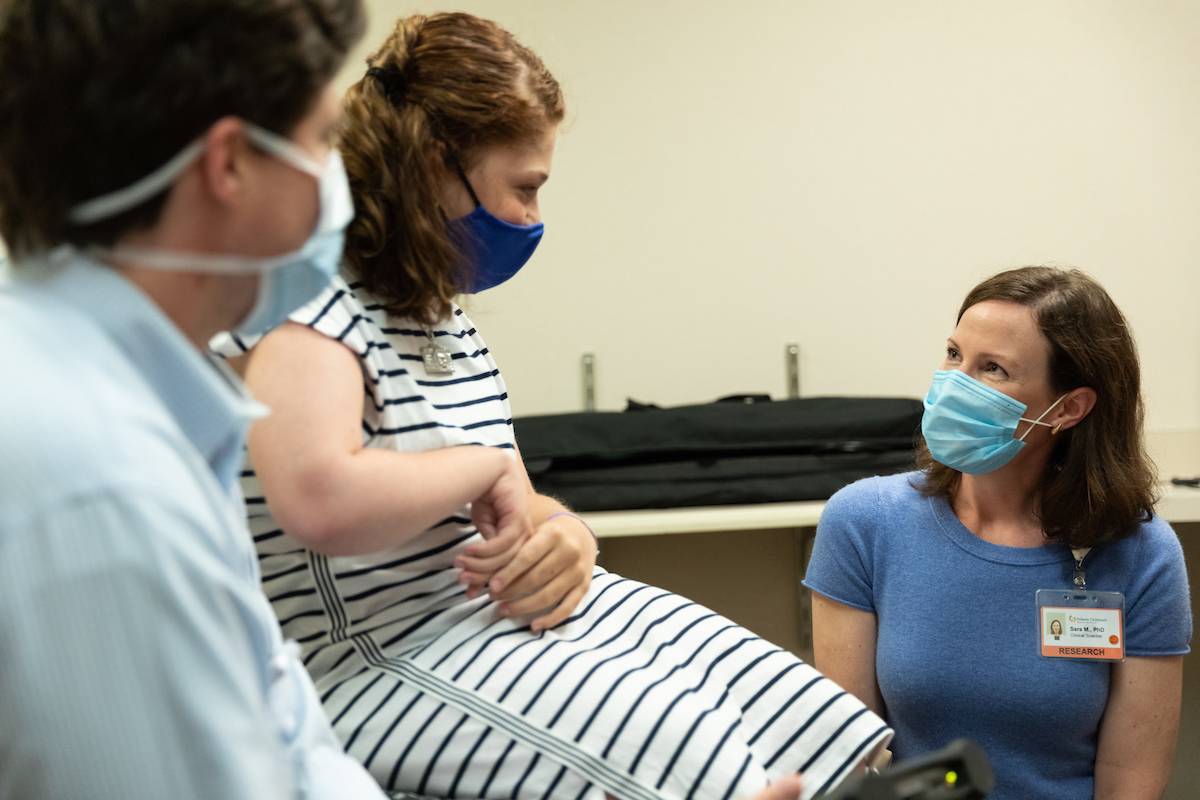-
{care_team_members status="Open|hide from care team page"}
-

{care_team_members:ct_first_name} {care_team_members:ct_last_name}
{care_team_members:ct_full_title}
{/care_team_members}
person:channel_short_name: {person:channel_short_name}
person:
title: {person:title}
-
{links}
{/links}
No category selected to display locations. Locations Dynamic
-
{locations}
- {locations:title} {/locations}
-
{widget}
{widget:widget_content}
- {widget:widget_content:tab_title} {/widget:widget_content} {/widget}
We sat down to discuss Gillette’s research “Is Nighttime Bracing Effective in the Treatment of Adolescent Idiopathic Scoliosis (AIS)? A Meta-Analysis and Systematic Review Based on Scoliosis Research Society Guidelines” with Sara Morgan, PhD, Clinical Scientist.
Interviewer: What’s the most exciting part about the spine team’s nighttime bracing meta-analysis?
Sara Morgan: The whole team was excited to dig deeper into the challenges that come with traditional full-time bracing as a treatment for AIS. Our orthotists, physicians, and advanced practice providers strive to offer the most effective, research-based treatments for their patients that have minimal impact on their daily lives.
We know that scoliosis bracing can be a huge adjustment for families. Oftentimes teens are asked to wear a brace somewhere between 18 to 23 hours a day, which means that they would be needing to wear their brace during much of their daily life, including school, some extracurricular activities, and while sleeping. This means that social events and interactions, which are so critical during adolescence, may become an emotional or logistical challenge for some patients. Looking at nighttime bracing as a viable treatment option has the potential to help reduce some of the difficulties that patients can face with full-time brace wear while still attaining positive treatment outcomes.
Why is Gillette best suited to conduct this analysis?
SM: We have extremely collaborative, comprehensive care at Gillette, and not only does that benefit our patients, but it also benefits our research. We have multidisciplinary expertise and perspectives to help us ask important questions and then integrate the answers that we find into our clinical practice.
We have a very committed, talented team of orthotists, physicians, and advanced practice providers who are experts in scoliosis bracing. We also have the research infrastructure to take clinically focused research ideas and questions and move them forward to large, rigorous studies.
Our care team at Gillette has observed the clinical benefits related to offering a variety of scoliosis bracing options for our patients, including nighttime and full-time designs. So, we wanted to make sure that when we discuss these different treatment options with patients, we understand where the evidence is clear and then where there are gaps. And because we now have a strong clinical research team in spine, we can not only take the results from the meta-analysis that we feel are strong and move those directly into informing patient care, but we also look more closely at areas where there are unknowns and move those forward into future research initiatives.
What do you see as the next steps in researching nighttime bracing as a treatment regimen?
SM: To really get the answers we’re looking for to inform our care, future research will have to have a strong patient focus. We’d not only capture the effect of the braces on curve magnitude, but also the effect of these different bracing options on the patients and families in front of us. To our team, the due diligence is talking to patients to better understand what would impact them most, which is asking patients a little bit more about their experiences with different bracing options and the types of outcomes that are important to them. We aim to ask questions like what does a successful outcome look like for you? What would you tell us to study? Is it important for us to know how you feel about your body? What did it feel like to wear a brace all the time?
What do you see as the next steps for spine research at Gillette?
SM: The most exciting part about spine research at Gillette is that we continue to have a clinical focus. Every question that we ask and every answer that we chase down, we can bring back into our clinic. You can see it right now with nighttime bracing. Work like this can help us explain care options to patients so that they can understand the implications of the different decisions that they have in front of them and choose the best route for their child. In the future, our research will continue to expand to operative and non-operative results for kids who have neuromuscular scoliosis and other complex conditions that we see every day.




